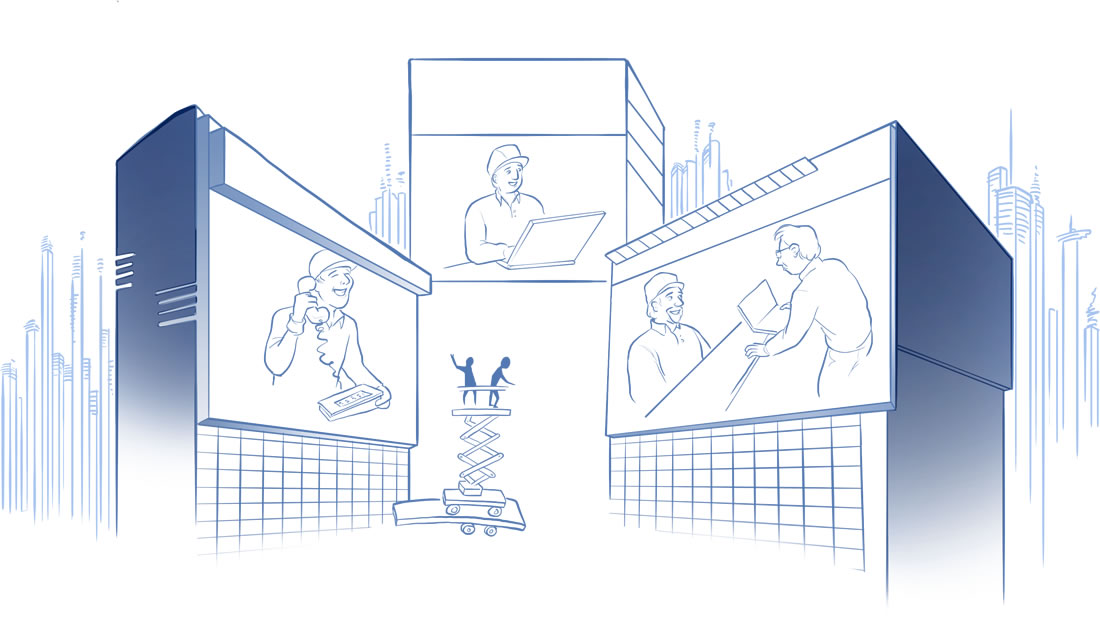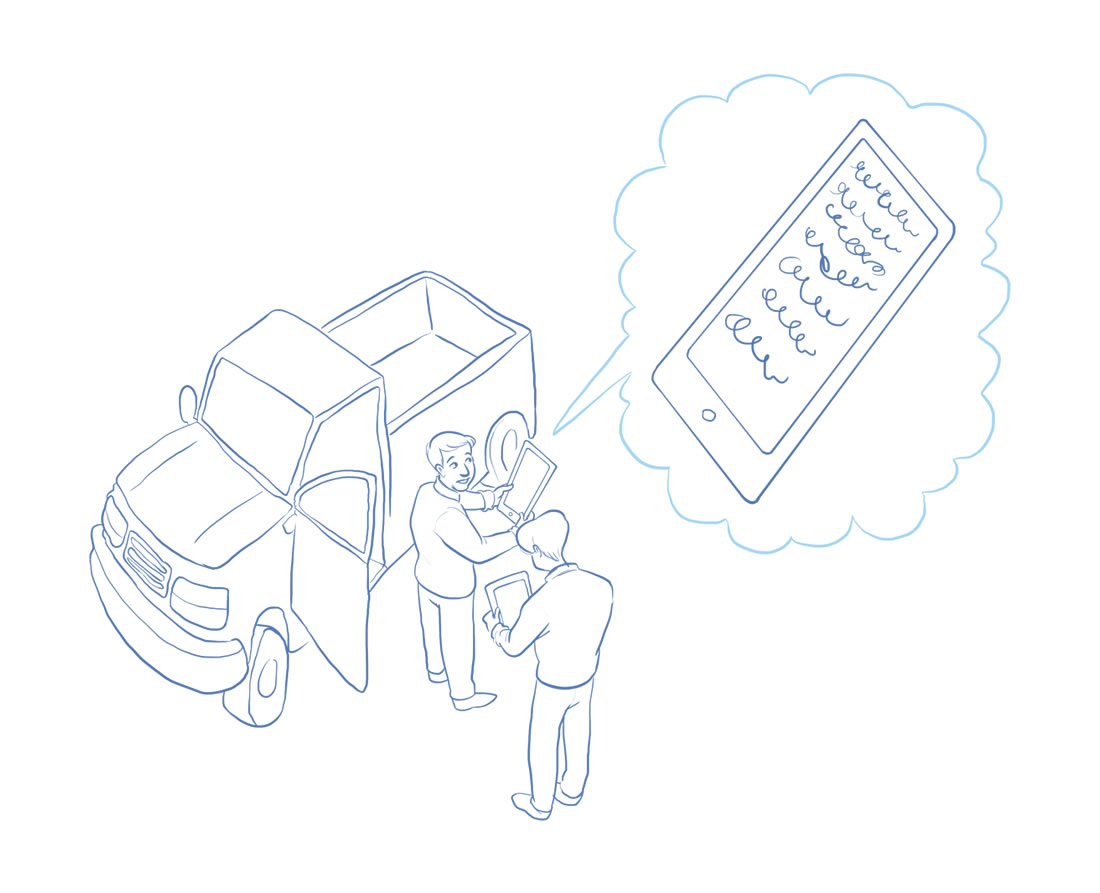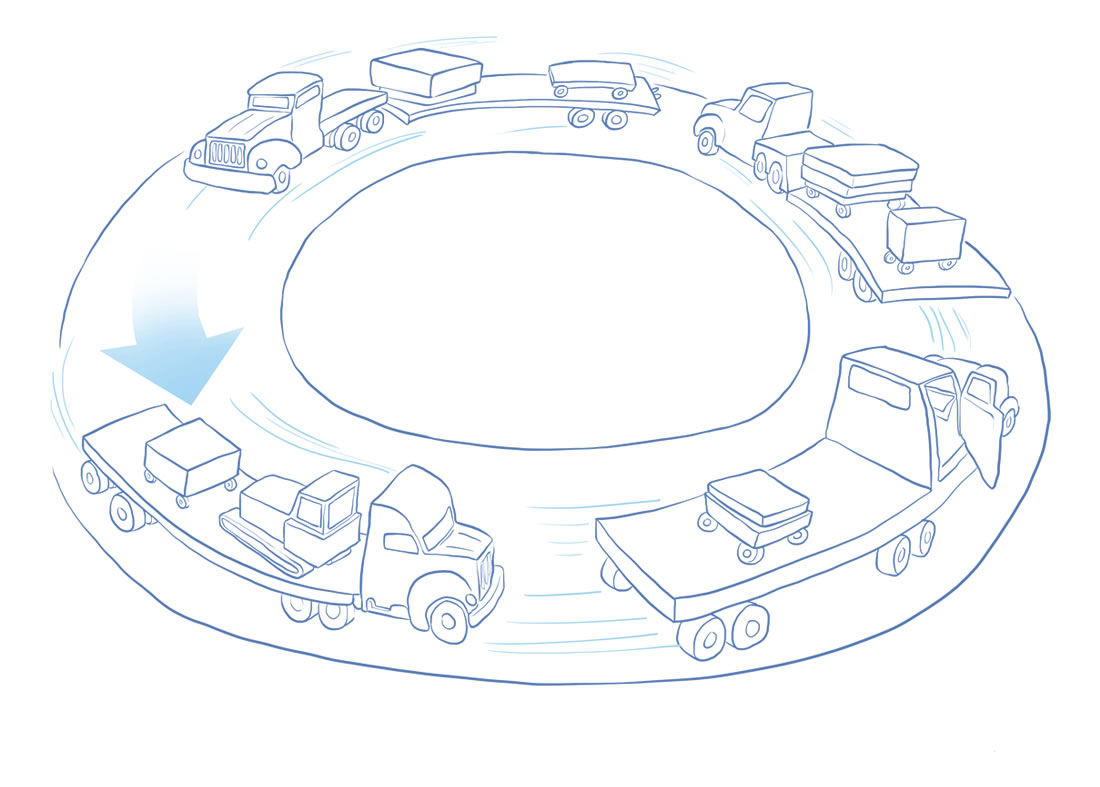Meetings are rife with individual agendas and elephants in the room, all of which are culture barracks, blocking the strategy from moving into a successful execution phase. Individuals typically come to a meeting with their functional – or personal – interests as the priority. Why? If your practice has the spotlight, your group will be the one with more power, more influence, more resources. But no one talks about this directly. It’s the elephant in the room, making it difficult for the group to have a successful or productive meeting.
Self-serving agendas are just one dynamic of a typical meeting. Another is that people want to be the smartest in the room. Yes, most people are trying so hard to appear knowledgeable and sophisticated that their actual words don’t make sense – or even go over other people’s heads. That’s their goal – to sound so smart that other people feel confused and baffled and assume they’re not bright enough to follow the conversation. Sadly, the purpose of a meeting should be to communicate with your peers, not confuse them. When everyone is trying to outsmart each other, nothing gets accomplished.
And that’s not all. In any meeting, you’re bound to come across a variety of opinions because words can mean different things depending on individual perspectives and opinions. For example, let’s play a creative visualization game. When you ask someone to visualize a “car,” one person will think of a BMW sedan, someone will imagine a Jeep Wrangler, and yet another will envision a Corvette convertible. Each person comes to the meeting with a different point of view. Leaders need to enable their people to collaborate – despite their different views. Leaders also need to hold people accountable for what they say, and more importantly, what they mean.
When you realize these dynamics are at play in the workplace, it’s clear why people struggle to accept each other’s views wholeheartedly. Yet, that’s the very purpose of Root’s work. We help people collaborate.

The Power of Visualization: Visuals Can Eliminate Doubt
When you see a murky river, are you ready to dive right in? Or do you want to take one small step at a time – navigating the dark waters until you feel confident nothing scary is lurking below? Now, let’s compare this to the bright, crystal clear waters of a tropical ocean. I bet you wouldn’t hesitate about diving headfirst into this body of water. The clear visual gives you the confidence to take that leap. A visual in the workplace can have the same result!
If you want your people to change their minds about the way they’ve always done things and adopt a new strategy, they’re going to be scared. They don’t know what to expect. They can’t see what lies ahead and are going to feel wary about taking a baby step, let alone a leap. But what if you could help them visualize the future, and in turn, eliminate many (or hopefully all) of their concerns? You can.

The right visual, one that is layered with viewpoints and opinions, can absolutely tell a future story and help people accept and carry out a change. That’s the power of visualization! When people see something, their uncertainty disappears. The ability to see something makes it feel tangible and real.
Visuals Makes Collaboration a Reality
Here’s an example of how Root transforms criticizers into creators. I was in a meeting with a Root facilitator who was helping a group of pharmaceutical executives craft a new vision statement. We consistently observed people talking past each other and people talking against each other. An executive would share his thoughts. Immediately another would make a critique, and the statement would be modified. This pattern continued – the group just couldn’t agree – and participants became distracted by unimportant details, losing focus on the important issue at hand.
I captured their conversation visually and showed it to them. They looked with critical eyes – like judges. Some artists might take offense and think the executives were judging their drawing skills. But I believe that when executives study my work, they’re judging my understanding of their words and judging their own thoughts. If my understanding is wrong, they’ll tell me and I’ll correct it. If another leader has a different thought, they will challenge what they see in the current visual. The advantage of words is that information can be exchanged quickly. But with any fast-paced discussion, thoughts can change quickly too – making the words irrelevant and making it difficult to hold someone accountable for what they said.
A picture is worth a thousand words. It can act as an anchor during meetings in which words are exchanged, challenged, refuted, and changed at lightning speeds. A visual is a constant and can help people constructively discuss their opinions at a slower, more thoughtful pace.

If what I drew was wrong, I need to understand why. And the executive needs to explain why the visual is wrong and what the right visual might be. As we work together to change the illustration, the collaboration begins.
In this particular meeting, I was drawing as the executives continued to debate. Someone would share a new point of view and I would capture it, revising the visual. I was listening to the collaboration of the group – layering ideas and perspectives to connect the dots. I was trying to find the connection between the leaders’ different thoughts and working to create a visual that embedded all of their ideas and celebrated the inter-relationship between them.
When the executives paused to determine if the visual on the wall had captured their thoughts, we saw their excitement. While the executives had been struggling to discover the words that encompassed their shared future vision, the illustration captured the feeling they wanted to express.
Shifting from Critic to Creator
The executives were ecstatic!
“That picture is so right. We can’t find the perfect words, but that image is it!”
“There’s something in that picture. It’s saying exactly what we want to say, but we just can’t come up with the right words.”
As the visual facilitator, I had captured their words with art and evolved the visual as they continued to share their thoughts, layering their ideas and iterating the image until I had created one visual that spoke to everyone! It is this process – and the power of visualization – that shifts people from being competitive to collaborative. When they each see their own thoughts reflected in the image, they each feel like an owner. Without realizing it, these executives had magically transformed from individuals trying to own the process to being part of a unit that shared a story and a mission.
And this is the power of visualization. An image can help people see what other people mean. A visual facilitator can help clarify thoughts and empower holistic thinking. As an illustration morphs and new iterations come to life, people align their points of view to create a common mental model that everyone can own. Art can help people prepare for and adopt a new strategy, initiative, or change. And it’s magical.
Learn about the Root Learning Map® Experience







